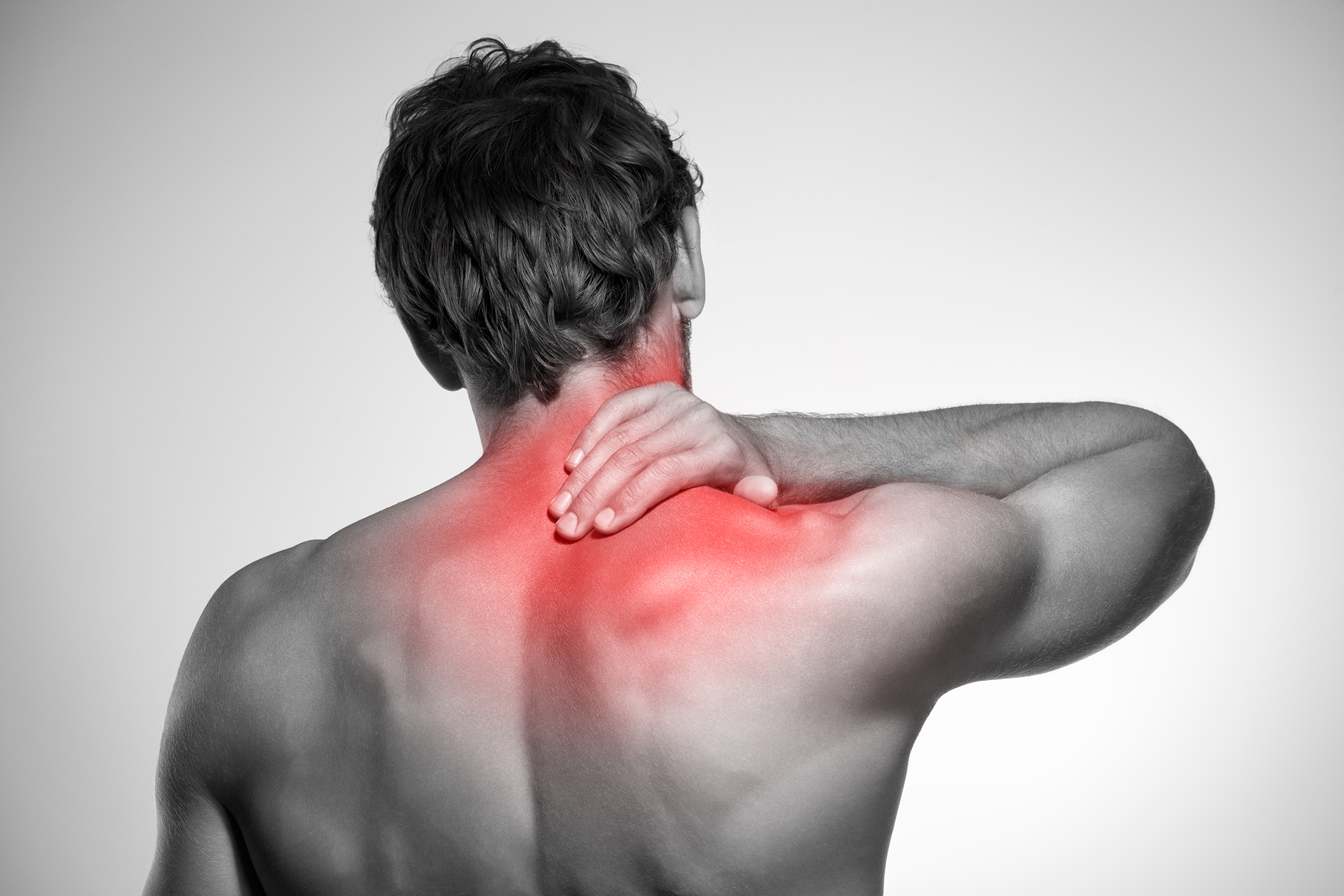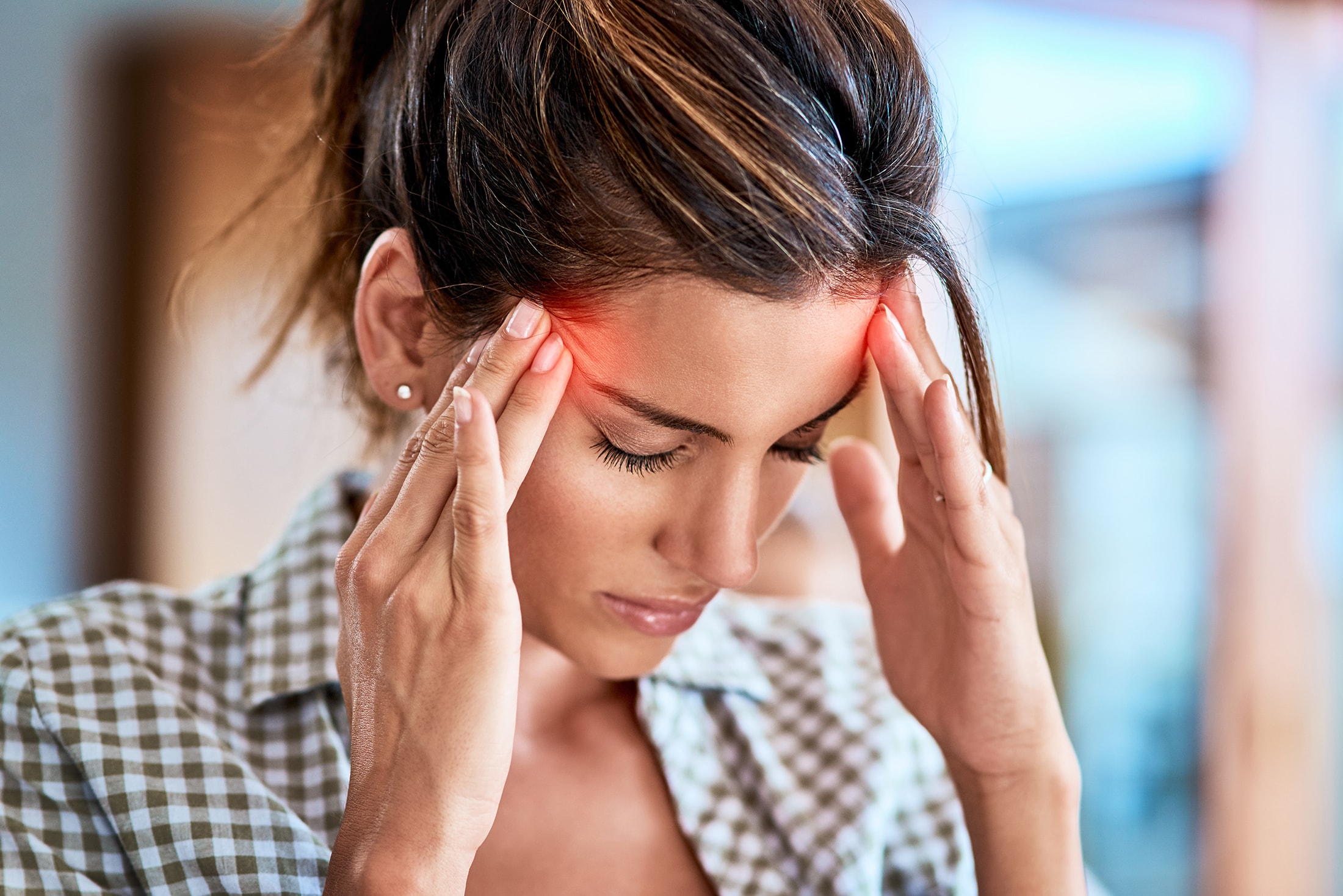Conditions


Back Pain
Your back is a keystone for the rest of your body. It is the central piece of anatomy that makes the parts of the body lock together as a whole. With it’s purpose of supplying support and connection, the spine plays an important role in overall well-being. Unfortunately, current lifestyles and habits are not conducive towards building a healthy and strong back, instead physical detraining results in decreased capacity for dealing with injury.
Low back pain affects 632,045 million people worldwide according to the Global Burden of Disease, 2012. As one of the most common reasons for seeking professional medical help, back pain and spinal dysfunction can severely diminish one’s quality of life. According to the Global Burden of Disease Study from 2013, low back pain is considered the top leading cause of years lived with disability globally.
Dysfunction can present from aching pain, stabbing pain, travelling pain, pinched nerves, and disc injuries to muscle spasms and mobility restriction. It can also present acutely or chronically. It is important to reach out for solutions when back pain doesn’t improve or worsens.
The good news is most often back pain is benign in origin and conservative therapy such as chiropractic care, rehabilitation therapy, and medical acupuncture can have positive effects on pain, function, and quality of life. Dr. Judith McCann is trained to assess back pain and determine appropriate course of treatment, this includes referral to family doctor for advanced imaging if necessary.
Neck Pain
Although it only constitutes the first seven vertebrae in the spine, the neck can affect a much larger area when it comes to discomfort. Often leading to jaw pain; headaches or migraines; stiffness in the neck, upper back, and shoulder area; and potentially tingling or numbness in the arms or fingers, neck pain symptoms can be problematic.
Neck pain can stem from whiplash, overuse injuries from prolonged sitting or poor posture, muscle strain, and sports injuries to name a few. In addition to manual therapy and acupuncture care, chiropractors often employ the use of preventative exercises and preventative education in topics ranging from ergonomics, posture, and sleeping positions to help alleviate and prevent neck pain.
Headaches and Migraines
Headaches and migraines are the easiest way to ruin your day. Arising from and exacerbated by numerous factors, such as dehydration, lack of sleep, hunger, stress, screen time, posture, and muscle tension – it’s almost easier to ask “What doesn’t cause a headache?”
However, if you have trouble pinpointing the cause of your recurring headaches or migraines; or have not been able to find a solution to your head, neck, and face pain, chiropractic and acupuncture might just do the trick. Chiropractic care and acupuncture work to relieve pain, ease tension, deregulate the fight or flight and inflammatory response while stimulating the release of endorphins, this can often be the solution to acute or chronic tension type headaches and migraines.
Foot and Heel Pain
Flat feet, plantar fasciitis, metatarsalgia, tarsal tunnel syndrome, hallux rigidus and morton’s neuroma. All examples of medical issues known to cause pain, tingling, numbness, and mobility issues in the toes, foot, and heel. With the potential to affect one’s posture, muscle balance and joint stress, handling foot pain at the source is a must.
The foot is made up of 26 bones, 33 joints, 22 muscles, and more ligaments than I care to count. These bones, muscles, and joints are designed to move and activate in particular ways while standing, walking, and running. Through extrinsic factors (ill-fitting shoes, high heels, unsupportive surfaces) and intrinsic factors (underuse of muscles, tendons, and joints; overuse of muscles, tendons, and joints; health conditions) there is a lot that can go wrong resulting in pain, discomfort, stiffness, even numbness and tingling.
Supplementing your foot biomechanics with custom orthotics, rehabilitative exercises, and manual chiropractic therapy are proactive and preventative solutions to many common foot pain conditions.
Jaw Pain and Dysfunction
You may be surprised to hear that chiropractors have options to help alleviate jaw pain and dysfunction. Often arising from tight muscles that attach at the temporomandibular joint (TMJ), jaw conditions are best handled with a team approach, including your dentist, family doctor, and chiropractor who can provide manual muscle therapy, acupuncture, and rehabilitative exercise therapy.
According to the National Institute of Dental and Craniofacial Research, temporomandibular joint and muscle disorders affect 5-12% of the population. TMJ dysfunction can present with muscle, joint, or facial pain; difficulty with chewing; difficulty opening the mouth; teeth grinding; stress; excessive nail biting or pen or gum chewing; difficulties with sleeping; neck pain; and headaches.
In addition to manual therapy, acupuncture, and exercises, it is important to include your dentist and family doctor as part of your health care team for a comprehensive treatment plan to alleviate your symptoms and prevent future episodes.
Shoulder Pain
The shoulder is one of the most complex joints in the body. Your shoulder girdle (collarbone and shoulder blade) connects your upper limbs to the axis of your body. The shoulder blade, or scapula, provides the socket portion of your shoulder joint, and is responsible for numerous muscle attachments. There are 17 muscles that attach to this single bone that allow for stability and movement of the shoulder and neck. The ball and socket shoulder joint is surrounded by a joint capsule, a fibrocartilage based labrum, muscles, tendons, bursae, nerves, and ligaments. Because of the complex nature of the shoulder joint, our typical sedentary lifestyle, and the functional requirements of the arm with daily living, it is often the victim of injury.
If you suffer from arm pain, shoulder pain, pain near the shoulder blade, upper back pain, or neck pain, improving strength and functional ability of the shoulder complex can be an effective treatment strategy. This can be accomplished through chiropractic care, rehabilitative therapy, and medical acupuncture.
